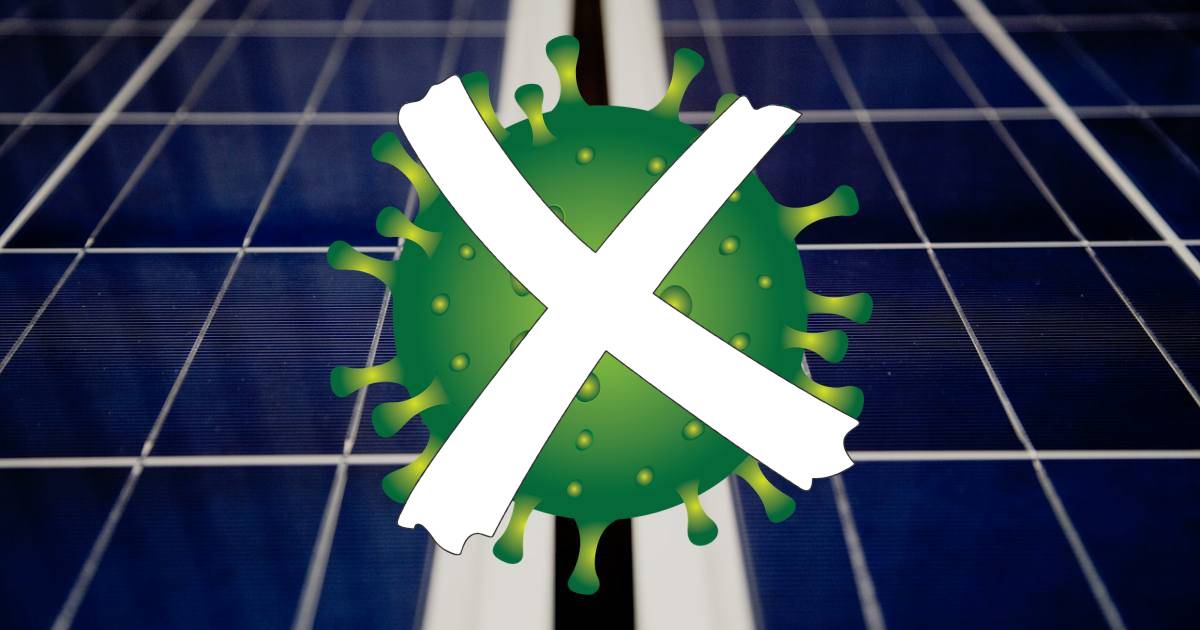In among all the challenges of late, some good news is arranging the purchase of a solar power system and having it installed doesn’t require you to be in close physical contact with anyone – social distancing can be observed.
A couple of weeks ago we mentioned some very good reasons to install solar panels right now and that it should be a “coronavirus-free experience”. While of course nothing is risk-free, getting solar installed is about as low- risk as you can get compared with other tasks such as going out to work, shopping for groceries or even accepting a parcel.
Let’s take a look at the various steps from discovery to installation and handover.
Step 1 – Learning About Solar Power
If you’re reading this, you’re already in the right place to learn everything you need to know about selecting a solar power system. After this article, Finn’s very popular “Solar 101″ guide should be your next port of call. Or if you’re looking for a deep-dive on the topic, check out Finn’s book, The Good Solar Guide, which is free to read in its entirety online.
One of the other very valuable tools on SQ for Australians considering solar energy is our recently enhanced solar calculator, which can help you determine if a system may be right for you from a financial viewpoint. Using the calculator, you can also optionally add energy storage, with payback for both solar and batteries detailed separately so you can see which is doing the heavy lifting (spoiler: it will be the solar panels).
If you have any questions, SolarQuotes’ friendly team are always glad to assist.
Necessary close contact in this step: Zero
Step 2 – Arranging For Quotes
When you’ve determined solar is the way you want to go, you can trawl through SQ’s huge database of installer reviews to find a potential installer; or take a short-cut and request up to 3 quotes by filling out our form – and we’ll match you to installers we trust who service your area and can meet your requirements.
Using tools including satellite mapping, the installer can get a pretty accurate idea of your rooftop and various other factors to base a quote on. If a site visit needs to occur to finalise a quote (for example, a technical site inspection), that can be done without the installer needing to be inside your home. Proper precautions can be taken for anything that needs to be physically accessed, such as a switchboard.
If you do want to have a sort-of face-to-face chat, that can happen outside your home with social distancing measures observed. Quotes and other information can be delivered via the internet and further discussed on the phone, video conferencing or via email.
Necessary close contact in this step: Zero
Step 3 – Accepting A Quote
Once you’ve chosen an installer and are happy to proceed with a quote, all the paperwork can be handled virtually.
Necessary close contact in this step: Zero
Step 4 – Installation Day
On the day of installation, the installers will be on your roof for much of the time, not in your loungeroom. If access to the roof space is needed and that access is internal, then arrangements can be made to avoid any close contact with you. There may also be an option to access the roof space through the lifting of tiles.
Necessary close contact in this step: Zero
Step 5 – Handover
Handover usually involves showing the customer how everything works, providing documentation and the invoice for the balance. Again, this is something that can be digitised. How-tos can be made into videos and documentation can be emailed or downloaded.
Necessary close contact in this step: Zero
Solar Industry Taking COVID-19 Seriously
Australia’s leading bodies representing the solar industry have been quick to provide resources and support for Australian installers to help keep them and their customers safe, and to help ensure the industry can continue operating.
For example, the Smart Energy Council recently held a webinar providing very detailed advice to solar businesses regarding interacting with customers, undertaking site visits and handling paperwork, workteam arrangements, sanitising work areas, tools and vehicles, and how to leverage remote tools to continue offering services without face-to-face interaction.
It’s in the interests of those associated with a solar business to take all precautions possible – they have colleagues, friends and family to think of as well.
And on that note, aside from all the other good reasons to go solar right now; by doing so you’ll be helping to support an Australian business and its employees through this very challenging time.


 RSS - Posts
RSS - Posts



Speak Your Mind